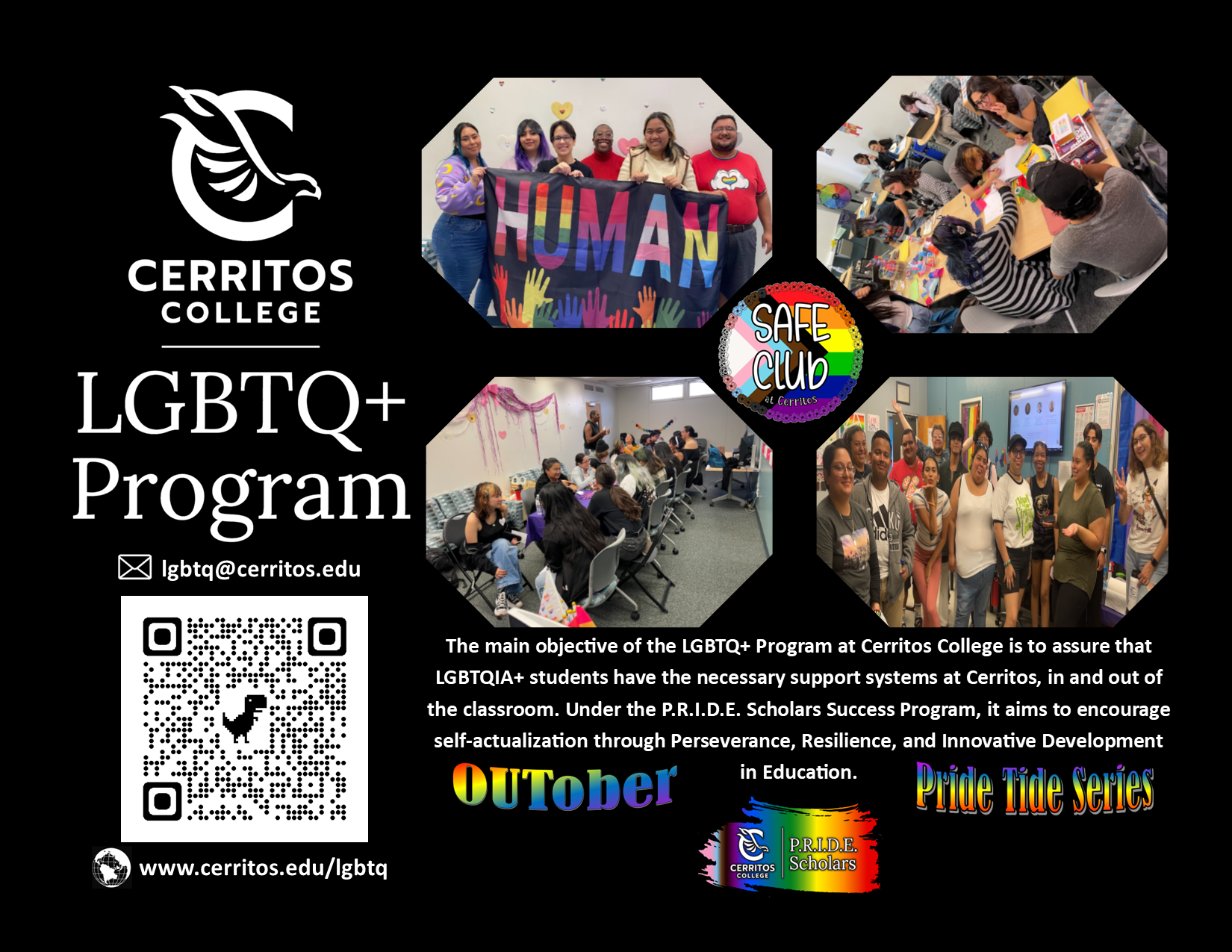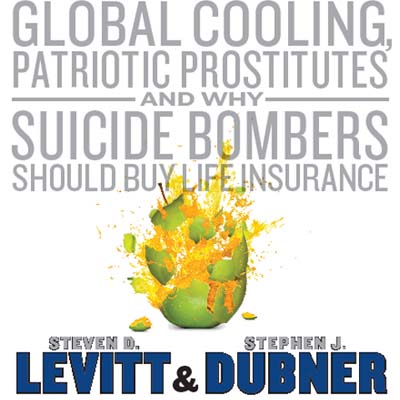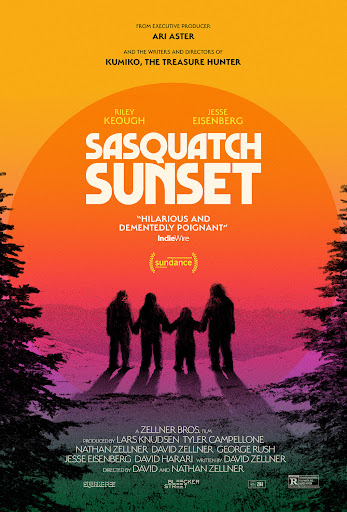Stephen Dubner and Steven Levitt‘s “Superfreakonomics,” the follow up to their multi-million selling “Freakonomics,” is a pleasant combination of radical ideas, interesting stories and surprising conclusions.
The only problem with the book is that the authors seem to have been struck by the sophomore curse. Like musicians that step onto the scene with a platinum debut record, Dubner and Levitt fail to live up to the expectations set by their first piece of work.
The topics discussed in the book are the right combination of interesting and relevant. Within the chapters are such things as the economics of prostitution, the relative safety of children’s car seats and even global warming.
The conclusions drawn from the topics are based on the type of data analysis an economist practices every day.
Some of the conclusions are striking and unexpected (how safe a car seat is compared to strapping a child into a seat belt). Whereas others are fairly straightforward and simple to the point that after reading it one starts to think “I could have told you that” (as oral sex has become more socially accepted, prostitutes have charged less for the service).
Even covering such grand topics as global warming and terrorism does not quite put “Superfreakonomics” at the same level as its predecessor.
In the first book, the great thing about the topics was how unique they were. The most popular chapter found a strong correlation between the legalization of abortion and a significant drop in crime 20 years later, indicating that abortions eradicate a large number of potential criminals from society.
However, “Superfreakonomics” does not have anything as radical within its pages. Even the chapter on global warming, which has sparked much controversy since the book’s release, is more of a profile on an individual and his solution to global warming than it is a groundbreaking revelation on the part of Dubner and Levitt.
That is not to say the book is uninteresting or the topics are blasé, in fact the opposite is still true. But, what makes the book a page turner is the style it’s written in.
The chapters read more like a conversation than a lecture, moving from explanation to individual anecdote and back again. Interspersed within each chapter are stories of individuals that put a human touch on the topic.
These stories, which were like a cherry on top in the first book, are an essential aspect of the formula in the second, but take up a little too much of the book for my taste.
What’s important to remember is that “Superfreakonomics” is meant to challenge the way we think about things and to “start a conversation” about the topics presented and the conclusions drawn.
Dubner and Levitt strive to engage the reader’s thought process as much as their curiosity.
If you are interested in economics, sociology, psychology, or just plain curious as to how effective a pimp is compared to a real estate agent, then read “Superfreakanomics.”
And, if you enjoy it, then picking up a copy of “Freakonomics” is a must as well.











